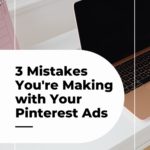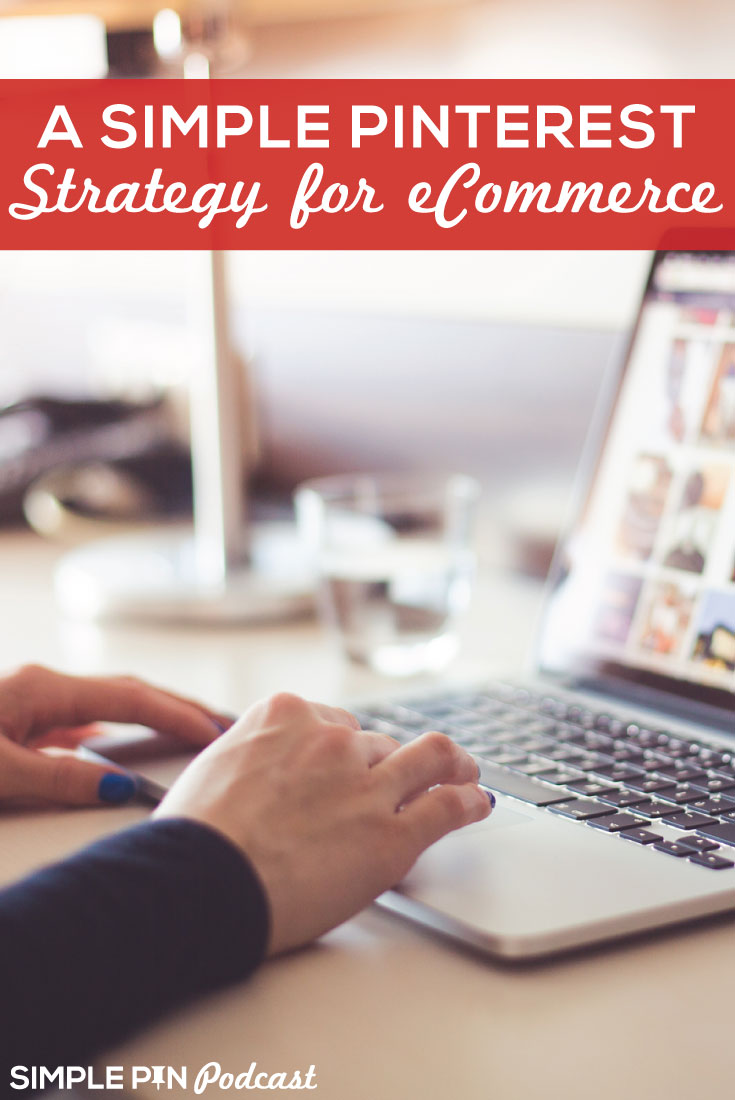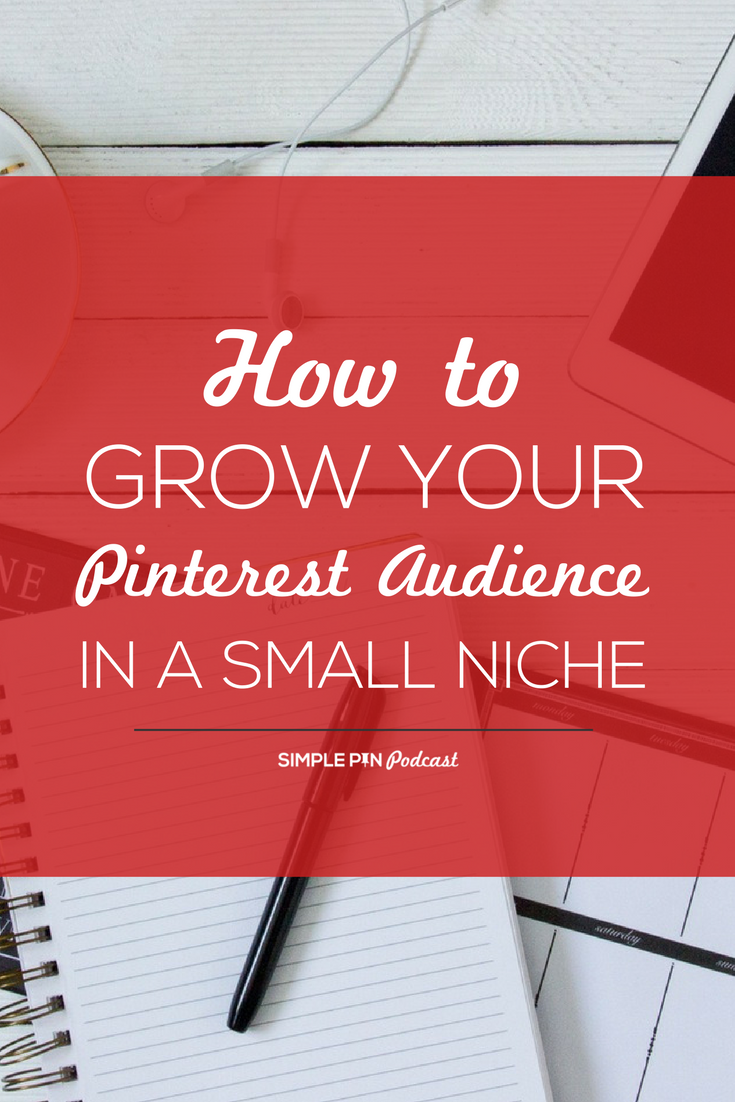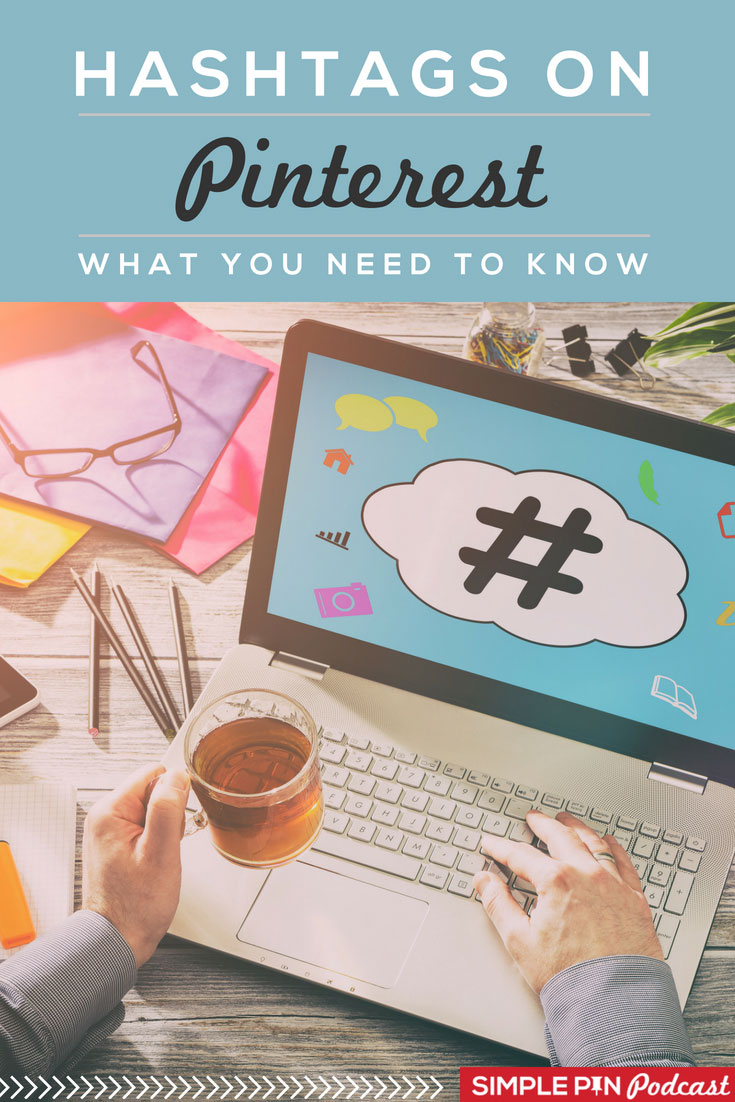Pinterest ads can be hard to master on your own. They’re even harder when you’re making mistakes over and over. The great news is we’re here to break down some common mistakes we see with Pinterest ads, give you some simple fixes and share best practices, and get you pointed in the right direction.
Erin, our Director of Pinterest Ads Management, has been learning everything she can about Pinterest ads since we created this department back in 2018.
A bit of fun history for you: Erin started with Pinterest ads as a result of my “dishwasher moment”. I was loading dishes and feeling angsty about the moving target of Pinterest ads. As I was closing my dishwasher the solution clicked.
“Why am I doing this? This is not my wheelhouse. I don’t need to be deep into the weeds. I can task someone else to take this on and let them run with it”.
We have several other podcasts where Erin and I have discussed Pinterest ads, but I wanted to do something different and focus on the mistakes Erin sees people making on a regular basis.
First, I want you to know that we believe in a fully diversified ad strategy. There is room for ads on many different platforms including Pinterest. Each platform brings a different audience and an opportunity that can be important for your business.

Let’s dive into the three big mistakes we see being made with Pinterest ads.
pinterest ads best practices and mistakes to avoid
Erin says that people make lots of mistakes with Pinterest ads, but she doesn’t mean that negatively. Ad campaigns can be complicated and we’ve all made mistakes with them.
People try to come from other platforms and approach Pinterest in the same way. They think having run Facebook ads, Google ads, or Instagram ads means Pinterest ads will be a no-brainer.
“Pinterest ads are so different. There’s an important mindset shift you need to make. Ads just don’t work the same on the Pinterest platform.”
But let’s not get down on ourselves because we’ve made mistakes. Mistakes are an opportunity to learn and grow, so let’s talk about the three most common things we see.
When we talk about Pinterest ads, we can’t forget all the things we know about Pinterest as a whole. Remember, Pinterest is all about search and discovery. Pinners are often looking for inspiration for the future. You won’t see traffic results right away.
“People use Pinterest to plan for moments in their life, events that are happening, and projects around their home.”
That holds with ad campaigns, especially if it’s your first time running ads on Pinterest. People are engaging and saving, but they don’t always buy right away. They’re in the planning mode. You won’t see conversions right away.
Losing the focus of the Pinners’ motivation leads to the first of our most common mistakes:
Setting Unrealistic Time Expectations
Pinterest marketing is a slow burn. Erin says you need to plan a minimum of two to four months for an ad campaign. If you stop three weeks in on a campaign, you won’t get accurate and effective actionable results.
Erin encourages you to think of the first month as the data-gathering phase. The second month your conversions will begin to come through, and by the third month you will begin to see a return on ads that are working well.
In the fourth month, you can begin scaling to optimize your results.
As a business owner, I think planning for at least six months is better. It allows me to make a well-informed decision about whether ads are working for me or not.
You also need to think about how the seasonal component figures in here. So is six months enough?
Erin says planning for a full year is smart. It’s the best way to see your entire flow for peak seasons and the ups and downs of your Pinterest marketing needs.
When clients come on right before the holidays, their expectations for results are blown right out of the water! Then January, February, and March come around and things typically start to trend down.
Knowing the yearly trend for your business can help you plan for that fluctuation, and not be overwhelmed when it happens.
You might think trends would be the same across platforms, but seasonality can be so different on each platform. The great thing about Pinterest is that your content lives there forever, and it can fill the gaps when other platforms aren’t performing well.
“Get away from the fast and furious planning mode and set a plan you can roll with for a little bit. It’s calming and a little bit comforting for me.”
Planning an appropriate time frame for running your ads also means you need a budget, and that leads us to the next most common mistake people make.
Not Planning an Appropriate Budget
Once you’ve set your goals, you need to commit to a budget that is big enough to reach them.
Small budgets, especially with a conversion campaign aren’t helpful. If you have a large audience, your entire budget can be spent in the first two hours of the day. That means your ads are not even being shown the rest of the day.
Erin suggests this simple multiplier to determine a daily budget for a conversion campaign.
Daily Ads Budget = 4 x Ideal CPA (cost per action)
Simply put, if your product cost is $100/unit and your ideal CPA is $30, your minimum daily budget should be 4 x $30 or $120/day.
No big surprise here, you have to spend money to make money!
And before you ask, yes you can successfully run smaller budget campaigns with free offers and other lead generators according to Erin. But when you are trying to sell products, you need to think of advertising as an investment in your company.
“Having an appropriate budget planned can mean the difference between dollars well spent or feeling like you’ve wasted your money.”
Don’t fall into the trap of believing that Pinterest isn’t worth it for you because the ads you’ve been running for two months at $15/day aren’t working.
Erin made an analogy to the idea of tipping your server to ensure prompt service. Back in the day, you would tip your server before your meal to ensure that your server knew how to treat you. Pinterest is like that. If they see that you’re a $10/day business, they know they can’t serve your ad in a way that’s going to work for you.
It’s really important to have an appropriate budget for your goals, so you have the opportunity to learn where your marketing time and dollars are best spent.
what can we take from these mistakes?
First, I see online marketers get caught following what other people are doing with Facebook or Instagram ads. There’s a false belief that if you just put money behind an ad, it will work to grow your business.
Relying on your gut is not an effective approach to budget planning. It’s important to look at your data so you know your numbers before you go into a campaign.
Second, I see people being pitched by Pinterest to raise their ad budget. Sometimes I might agree with that, but I think you should know your formula before you go into any type of ad spend.
It all goes back to the planning. When someone comes to you and says you need to raise your budget, you aren’t relying on how you feel or what your gut tells you. You will be prepared and can answer with confidence because you have the data.
“Go by the data because data doesn’t have emotion attached to it. It’s strictly dollars.”
Erin reminds us that even though we do need to spend money to make money, we have to spend it wisely.
She recalls a client who was approached by Pinterest to increase their budget to $200 per day on their consideration campaign. Digging deeper with Erin helped them avoid wasting their ad dollars on a free offer designed to build an email list that was valued at $1/subscriber. They went back to the drawing board with Erin’s help.
Your email subscribers might carry a higher value, but doing your research and using Erin’s formula can help you make wise choices with your ad spend.
That brings us to the third mistake on our list.
Not Installing the Pinterest Tag on Your Website
A big part of Pinterest ads best practices is installing the tag on your website. Erin says this is a missed opportunity. She believes it often happens because people don’t even know about it.
The Pinterest Tag is a code that you add to your website. It allows Pinterest to track visitors and the actions they take on your website.
The Pinterest Tag allows you to:
- Track and optimize conversions
- Measure campaign performance
- Build audiences for targeting
- Become a Verified Merchant
- Access Conversion Insights
Even if you aren’t running Pinterest ads yet, Erin says you should install the tag now.
Once the tag is placed, it collects data from all sources and it can begin getting to know the people who are visiting your website.
Installing the Pinterest Tag now means you could have enough data to jump right over consideration campaigns and begin your conversion campaigns.
RELATED: Types of Pinterest Ads: Consideration vs Conversion Campaigns
You have to have the tag installed before you can run ad campaigns. You can’t run conversion ads or dynamically retarget your audience without the data provided by the Pinterest tag.
If Pinterest ads are even a tiny thought in your mind, you should install the tag now. You will find it easiest to install when you’re not pushing up against an ad campaign deadline.
There are three options for installing the tag:
- Partner Integration – Platforms that Pinterest partners with like Shopify, WooCommerce, Bigcommerce, Squarespace, and others can guide you through the process until your tag is installed.
- Manual Installation – You can install your tag if you are tracking simple things like a signup event on a thank you page, and you understand a little bit about event codes.
- Hire a Developer – If you have thousands of products to track, you can hire someone who understands code more deeply.
Which installation option you choose depends on what you currently have in place with your website, what you plan to track, and how comfortable you are working with code.
If you find the thought of Pinterest ads overwhelming, we have several ongoing services here at Simple Pin that can help you.
pinterest ads services
Our Pinterest Ads Management provides done-for-you services that take ads off your plate, follow Pinterest ads best practices, and are tailored to fit your specific needs.
If you are already running campaigns and would like feedback or you are looking for guidance before setting up a campaign, our 1-hour video Strategy Consultation Services could be just what you need.
We also have the Simple Pins Ads Society, our membership community. You’ll have the support of a 300+ member community forum and up-to-date information on Pinterest ads best practices through training videos, live coaching, and workshops.
Managing a Pinterest ads campaign can be challenging and stressful. It’s easy to make mistakes, but Erin has shared the three mistakes we see most often.
- Setting unrealistic time expectations
- Not planning an appropriate budget
- Not installing the Pinterest Tag on your website
Being aware of these potential mistakes and making a plan to avoid them can help you build a solid foundation for your Pinterest ad campaigns now and in the future.
For future listening/reading:
- Pinterest Ads in 2022: What you need to know (podcast/show notes)
- How to Prep for Pinterest Ads (podcast/show notes)
- Pinterest Ads: Tips for the DIY Marketer (podcast/show notes)
- How to Install the Pinterest Tag
- Pinterest’s advertising page (includes Pinterest Ads best practices)








